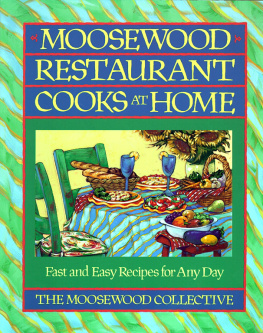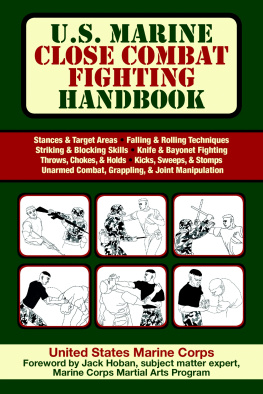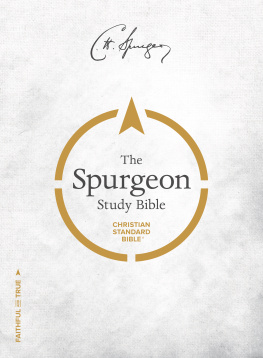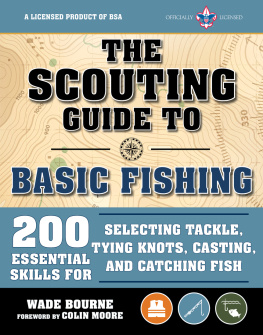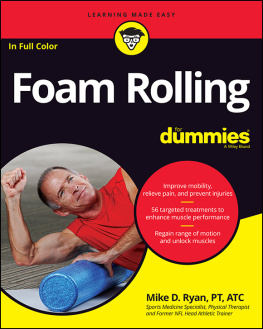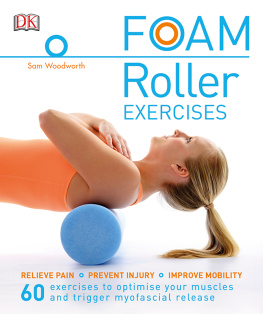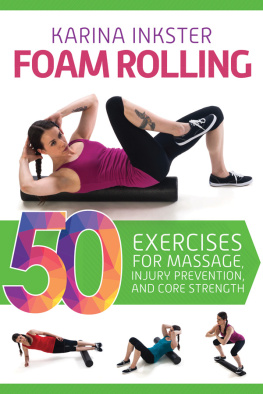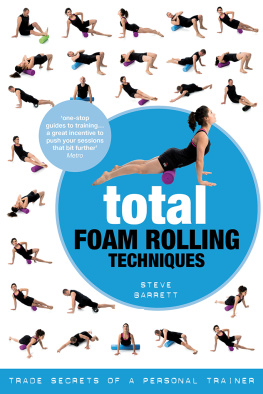Foam Rolling
Foam Roller Exercises, Self-Massage, Trigger Point Therapy & Stretching For Injury Prevention & Increased Mobility
Table Of Contents
Introduction
Chapter 1 The Basics of Foam Rolling
Chapter 2 Foam Rolling Do s and Don ts
Chapter 3 The Many Shapes and Sizes of Foam Rollers
Chapter 4 How to Relieve Shoulder Tension
Chapter 5 Rolling the Upper Body
Chapter 6 Additional Ways to Relieve Upper Body Tension
Chapter 7 Rolling the Lower Body
Chapter 8 Additional Tips to Maximize Foam Rolling Benefits
Conclusion
Copyright
Copyright 2016 - All rights reserved.
This document is geared towards providing exact and reliable information in regards to the topic and issue covered. The publication is sold with the idea that the publisher is not required to render accounting, officially permitted, or otherwise, qualified services. If advice is necessary, legal or professional, a practiced individual in the profession should be ordered.
- From a Declaration of Principles which was accepted and approved equally by a Committee of the American Bar Association and a Committee of Publishers and Associations.
In no way is it legal to reproduce, duplicate, or transmit any part of this document in either electronic means or in printed format. Recording of this publication is strictly prohibited and any storage of this document is not allowed unless with written permission from the publisher. All rights reserved.
The information provided herein is stated to be truthful and consistent, in that any liability, in terms of inattention or otherwise, by any usage or abuse of any policies, processes, or directions contained within is the solitary and utter responsibility of the recipient reader. Under no circumstances will any legal responsibility or blame be held against the publisher for any reparation, damages, or monetary loss due to the information herein, either directly or indirectly.
Respective authors own all copyrights not held by the publisher.
The information herein is offered for informational purposes solely, and is universal as so. The presentation of the information is without contract or any type of guarantee assurance.
The trademarks that are used are without any consent, and the publication of the trademark is without permission or backing by the trademark owner. All trademarks and brands within this book are for clarifying purposes only and are the owned by the owners themselves, not affiliated with this document.
Introduction
I want to thank you and congratulate you for purchasing the book, Foam Rolling: Foam Roller Exercises, Self-Massage, Trigger Point Therapy & Stretching for Injury Prevention & Increased Mobility .
This book contains proven steps and strategies on how to use foam rollers effectively to maximize the muscle and mobility benefits they offer.
Foam rolling used to be an exclusive practice among athletes and therapists. Now, the inner circle has expanded. Foam rolling has become a widespread practice. It is now very well known as a reliable technique for easing muscle pain and preventing injury.
Do you train hard? You can make your muscles work harder by helping them recover faster through proper foam rolling techniques.
Are you prone to injury? You can ease pain and prevent further injury with the help of a foam roller and various exercises.
Do you want to improve your mobility and flexibility? Foam rolling exercises can help your muscles and entire body toughen up. Foam rolling promotes normal body functioning.
Do you want to save some money? Getting a massage in a spa can be an expensive treat. You can have the benefits of a massage from a simple tool. You can enjoy a relaxing massage at home and at the time most convenient for you too.
Whether you're a fitness buff or a desk jockey, you can benefit from foam rolling. You see, it is not just the active muscles that feel sore. Inactivity can negatively impact the body as much as overkill through intense workouts.
Everybody feels physical pain one way or another. And most of this pain lies in the muscles. Are you ready to become pain free? You better read on to find out how.
Thanks again for purchasing this book, I hope you enjoy it!
Chapter 1 The Basics of Foam Rolling

Image Source: https://www.flickr.com/photos/129471683@N02/16762351771/
Sore muscles? Weve all had our share of muscle pain. Some of us get a massage for relief but most of us simply ignore the pain in the hope that it will go away eventually. Well, we cant all afford to hire the services of a professional masseuse or therapist every time muscle pain kicks in. What if I tell you, there is an easier, cheaper and better way? That is through foam rolling!
You may have heard of it but arent exactly sure how it works. Let me enlighten you about the wonderful world of foam rolling where muscles are happy!
What is foam rolling exactly?
A self-myofascial release technique or SMR, foam rolling is the go to for physical therapists, coaches and athletes to slow down muscles that are overactive. It is a type of stretching that is based on the autogenic inhibition concept to improve the extensibility of soft tissue. This leads to the relaxation of muscles which in turn, allows the antagonist muscle to be activated. In other words, foam rolling aids in muscle recovery.
Do not be fazed by the term self-myofascial release. SMR simply means self massage. Fascia refers to the soft tissue as part of the muscle's connective tissue. The fascia provides protection and support. Because of inactivity, trauma or overuse, this soft tissue may become restricted. When it is restricted, inflammation occurs. If the inflammation is not properly treated, it can get worse until the connective tissue thickens. This is what causes irritation, pain and additional inflammation in the muscle.
The tightness in the muscles can be released and eased with the help of foam rolling. The application of pressure to specific points in the body helps in muscle recovery and aid in bringing them back to normal function. That means the muscles return to their original health and elasticity, allowing them to perform optimally.
How do I know if I have trigger points or tight muscles?
It's easy to tell if there are "knots" forming in your muscles. These trigger points cause pain, especially when pressure is applied in the specific area. The pain also radiates from one specific area to another.
For instance, if pressure through self massage is applied to your iliotibial or IT band, the pain is likely to be felt in your hip and can move down to your leg up to the ankle. In this case, the IT band is your trigger point. A little pain or discomfort should be expected when sore or tight muscles are worked on. The same thing happens when a masseuse works on your body. The discomfort is not an unbearable pain. You will feel much better when your foam rolling session is over.
Now why would I do something that I know would hurt?
This is a good question. You probably have had a deep tissue massage before, correct? Yes, it feels good! But you know its not all blissful during the massage. You understand how it works. The pressure applied to the tight muscles is painful. Its uncomfortable. Wouldnt you agree?

Image Source: https://www.flickr.com/photos/89362689@N08/8130161923/
Ultimate relief comes after. Foam rolling works in the same way. As a matter of fact, you may even find foam rolling more agreeable. Why? It is something you do yourself. You are the one feeling the pain and the one applying the pressure. That means you have full control.
Next page

